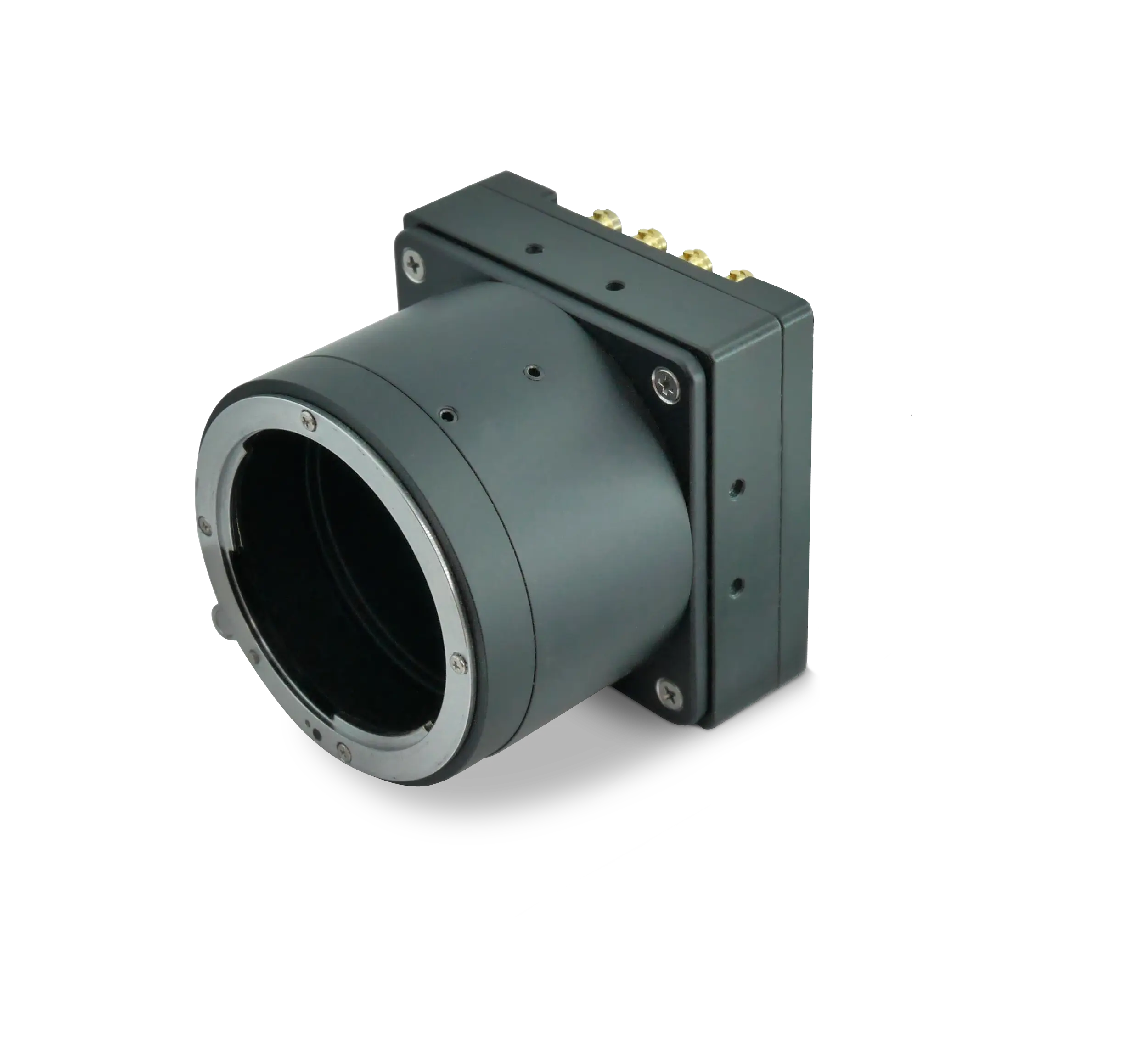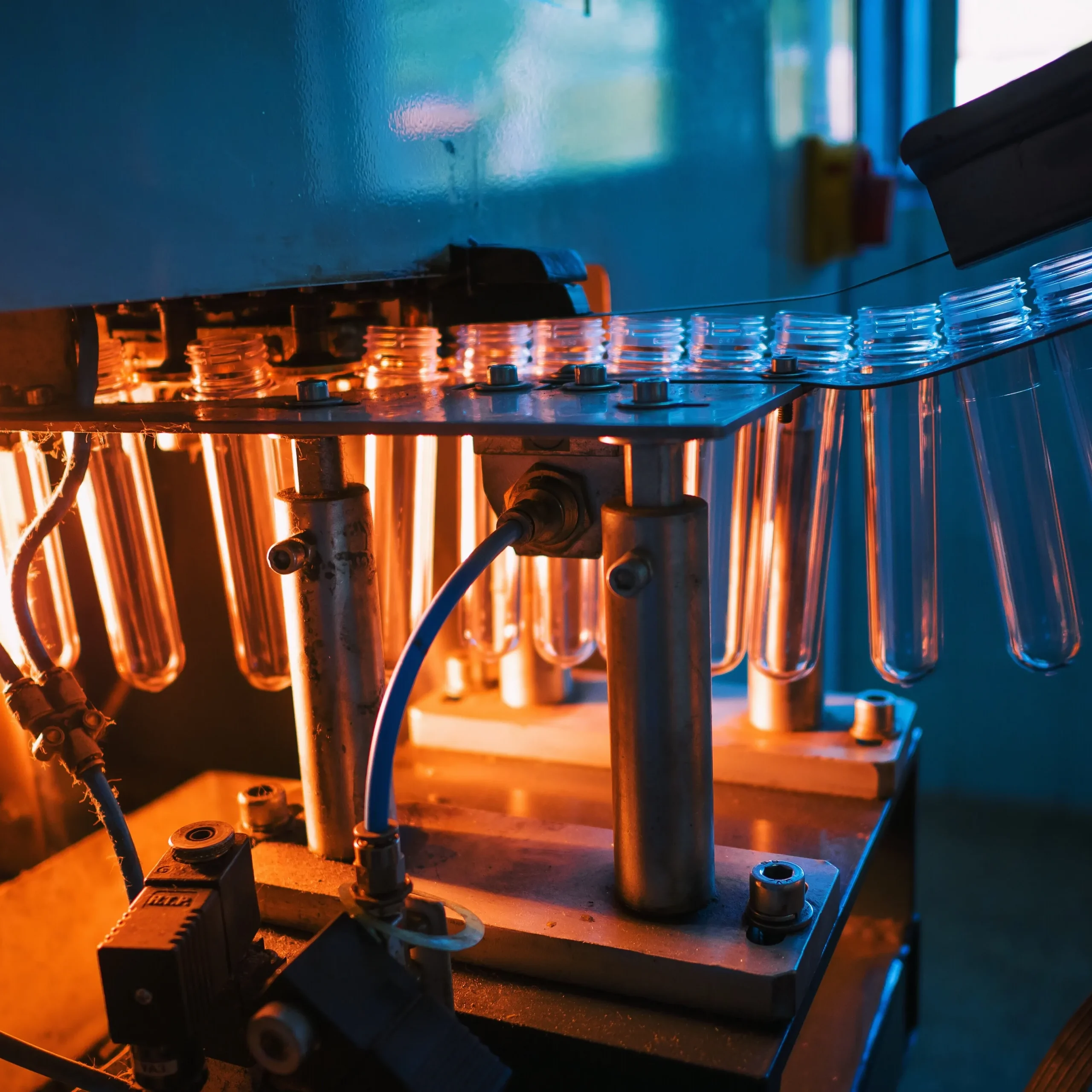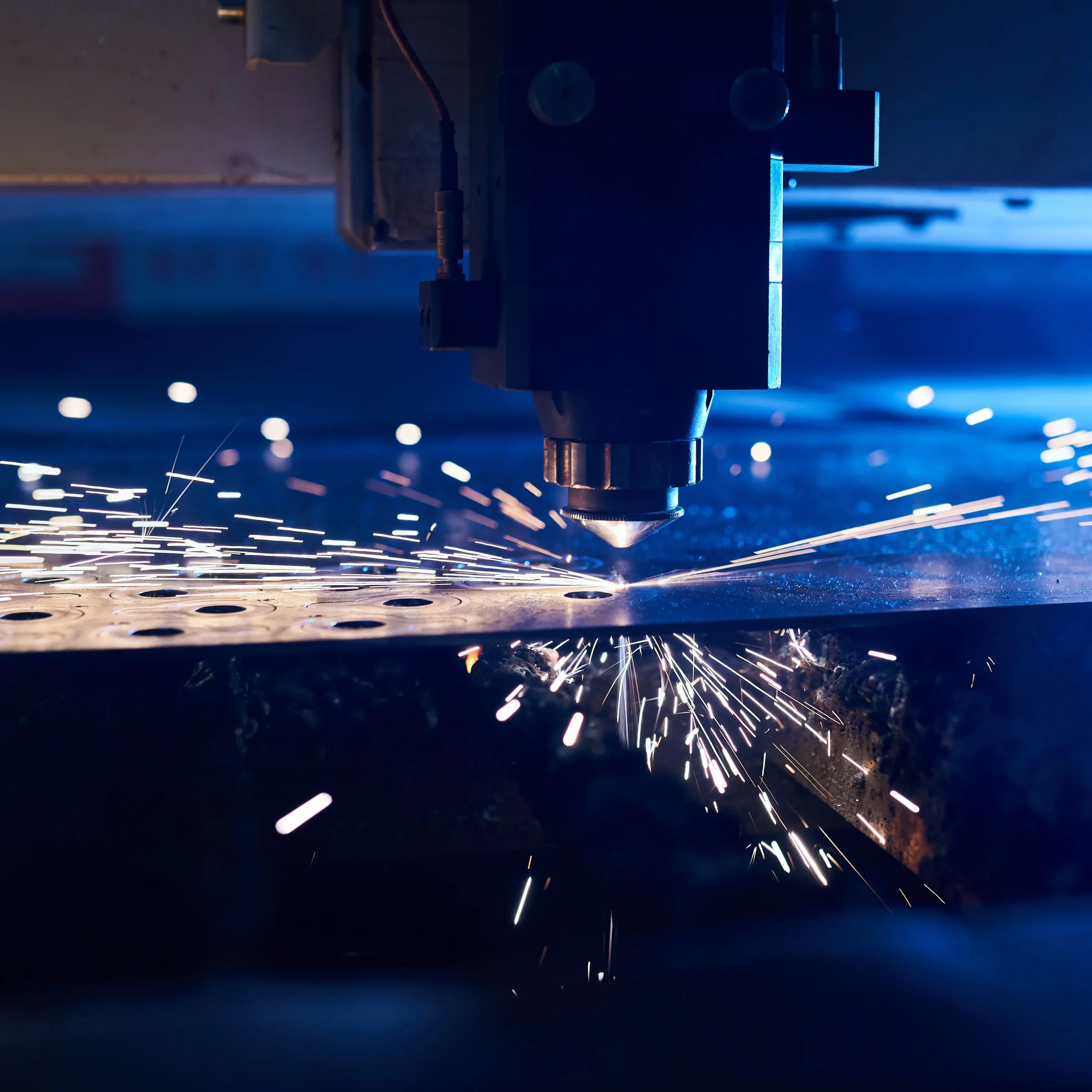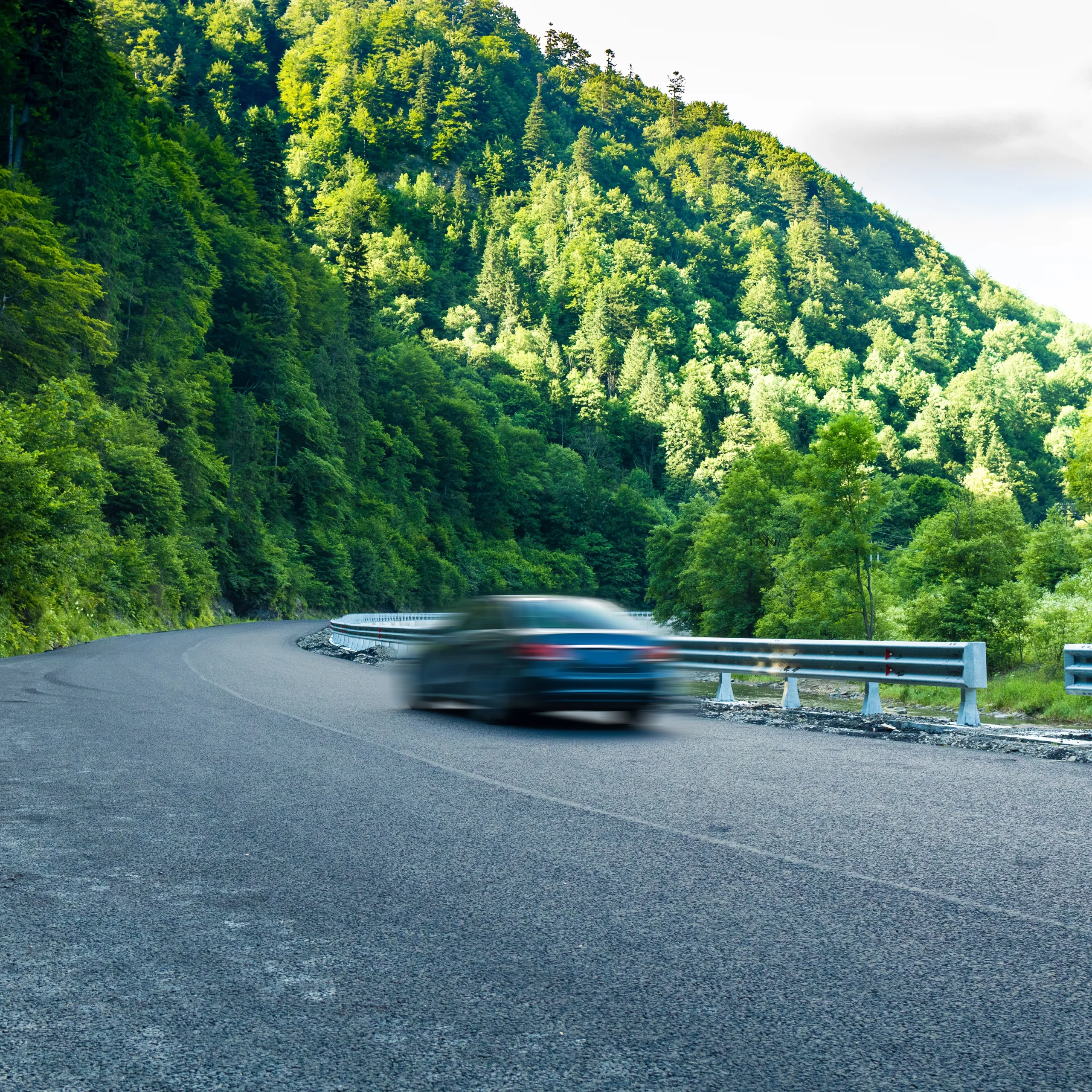Deep-sea structures, pipelines, and research sites demand visual data that is both razor-sharp and immediately available at the surface. Traditional subsea systems often compromise on one of three axes: resolution, speed, or size. KAYA Vision overturns that trade-off, pairing our field-proven Iron 2518 and Iron 5514 BSI sensors with ruggedized pressure housings to create a new class of underwater high-resolution camera that is as compact as it is capable. This article explores how these compact industrial cameras redefine real-time marine inspection and why CoaXPress has become the tether of choice for teams operating hundreds of meters below the waves.
The extreme environment below 300 m
At depths where sunlight fades, temperatures plunge, and hydrostatic pressure climbs past 30 bar, every component must perform flawlessly. A deep-sea camera faces five critical challenges:
- Pressure resistance exceeding the target dive depth with a 2 × safety factor.
- Optical windows that preserve modulation transfer at visible and NIR wavelengths.
- Low-noise imaging in near-darkness where artificial lighting is often the only source.
- High frame-rate delivery for dynamic inspection of ROV manipulators, tether connections, and marine life.
- Real-time data transport over long umbilicals without packet loss.
KAYA Vision cameras are engineered for harsh terrestrial arenas such as mining, aerospace vibration tests, and industrial automation. That same DNA—global shutters, minimal temporal noise, and MIL-STD-810G shock compliance—translates directly to subsea missions when the cameras are sealed inside a properly machined titanium or duplex-steel housing.
Why compact industrial cameras excel underwater
Space inside remotely operated vehicles (ROVs) and autonomous underwater vehicles (AUVs) comes at a premium. The Iron 2518 measures only 44 mm × 44 mm × 39 mm and weighs less than 100 g before housing. That footprint means more payload margin for batteries, thrusters, and sensors. Meanwhile, the Iron 5514 BSI offers 275 fps at 10-bit output—ideal for fast fly-bys of hull welds or for capturing cavitation events on turbine blades. By delivering high pixel counts from small packages, both sensors minimize the external volume of the pressure vessel, which directly reduces material cost and buoyancy-compensation ballast.
Compactness also simplifies thermal design. A smaller cavity fills with less water, so heat from the camera interface board is quickly wicked away by the surrounding sea. The Iron family’s low power budgets—<5 W for Iron 2518 and <11 W for Iron 5514 BSI—permit passive cooling in cold water, eliminating internal fans that would otherwise fail under pressure.
CoaXPress: lifeline for real-time marine inspection
Many subsea imaging chains rely on Ethernet, but frame drops and latency spikes can cripple remote decision-making when an ROV pilot must align a tool to millimeter tolerances. CoaXPress—v2.0 on Iron 2518 and v2.1 on Iron 5514 BSI—over micro-BNC connectors provides deterministic bandwidth up to 50 Gbps when four CXP-12 links are employed, giving ample headroom for both cameras at maximum resolution. Because CoaXPress embeds power and GenICam control, only a single wet-mateable bulkhead is required to route video, commands, triggers, and 24 V power from the vehicle’s main tether to the camera housing. Less cabling means fewer potential leak paths and faster field swaps.
For real-time marine inspection in offshore energy, latency frequently dictates how long an ROV must remain on station. When Iron 5514 BSI streams 12-bit global-shutter images at 229 fps, engineers topside see changes in weld-bead alignment in under 5 ms. That immediacy shortens dive time, lowers vessel charter costs, and improves safety by minimizing human intervention windows.
Meet the cameras
Iron 2518 brings 18-megapixel clarity at up to 139 fps (10-bit), perfect for wide-area surveys of subsea manifolds or coral reefs. Its 2.5 µm pixels generate crisp detail with modest lens sizes, easing integration with compact C-mount optics. With <1.6 e- temporal noise and a dynamic range that reaches 66.9 dB at 12-bit output, the sensor preserves subtle color gradients even when artificial LEDs create harsh contrast zones.
Iron 5514 BSI is the sprinter of the family—5.5 µm pixels, back-side-illuminated, and more than 85 % quantum efficiency give it remarkable sensitivity. A global shutter eliminates motion artefacts when the camera is mounted on a fast-moving inspection skid. Up to 275 fps at 10-bit output allows single-frame freeze of anchor-chain links cruising past the lens, equipping AI defect-detection algorithms with perfectly sharp inputs. Both cameras share identical Micro-BNC pinouts and GenICam API calls, so a single topside software stack can service both payloads.
Lighting, synchronization, and embedded AI
Without sunlight, powerful LED arrays are mandatory. Iron cameras use opto-isolated inputs to sync precisely with strobe pulses, freezing turbidity particles and eliminating backscatter. The on-camera ROI and binning features further boost effective frame rates, enabling adaptive acquisition modes: wide-field sweeps transition to zoomed-in crack detection at the click of a topside joystick.
Because CoaXPress provides ample uplink bandwidth for camera control, firmware updates, and even edge-AI model uploads, operators can deploy convolutional neural networks that run on an adjacent NVIDIA Jetson module inside the same housing. Defect flags, fish counts, or biofouling alerts are transmitted as metadata embedded in the CoaXPress stream, reducing analyst workload on the support vessel.
Applications beyond oil & gas
- Offshore wind: Blade-root and tower inspections during splash-zone exposure cycles.
- Scientific expeditions: Documenting bioluminescence with the Iron 5514 BSI’s UV-enhanced mode.
- Aquaculture: Monitoring cage nets for tears using the Iron 2518’s high resolution to pinpoint 2-mm knot failures.
- Underwater archaeology: Generating photogrammetry models of shipwrecks where tripod positions are impossible.
Deployment best practices
Successful real-time marine inspection hinges on rigorous system checks prior to launch:
- Pressure-test the housing to 1.2 × rated depth for ten hours.
- Run a flat-field calibration in the lab and store the LUT in non-volatile camera memory.
- Verify CoaXPress CRC counters under the exact tether length used offshore.
- Use redundant O-rings and inspect for hairline scratches after each dive.
- Apply sacrificial anodes to the housing to mitigate galvanic corrosion.
Field deployments demonstrate that the same imaging toolkit trusted in high-speed factory lines can thrive beneath the waves, giving operators confidence in mission-critical subsea tasks.
Future horizons
KAYA Vision continues to push sensor technology toward smaller pixels, higher quantum efficiency, and extended spectral coverage. Upcoming firmware for the Iron family aims to introduce multi-tap HDR capture, allowing simultaneous low- and high-gain reads—a boon for scenes that oscillate between LED hotspots and shadowed crevices. When paired with next-generation fiber-optic CoaXPress repeaters, the underwater high-resolution camera platform will stretch well past today’s depth ceilings and open new vistas for subsea autonomy.
